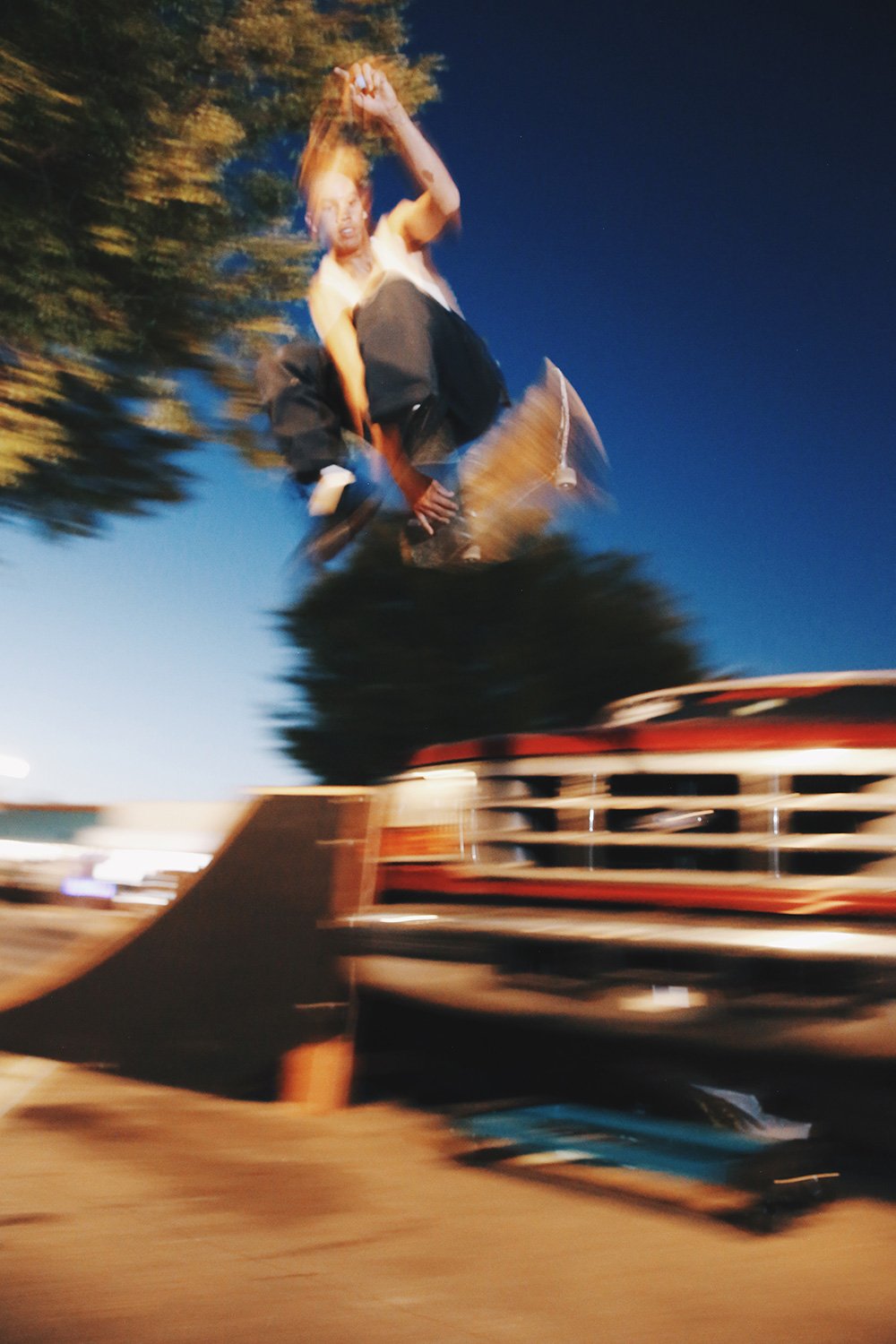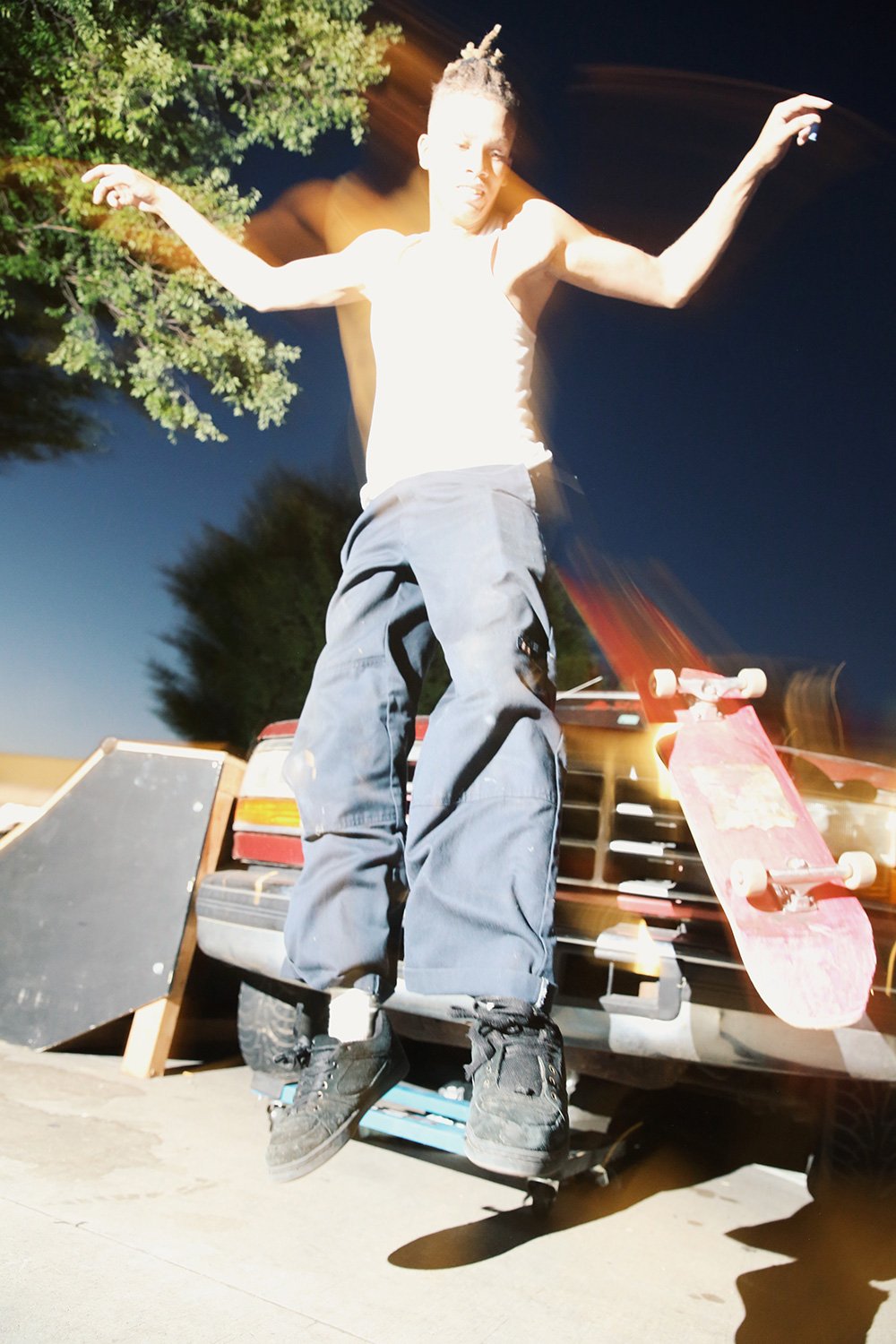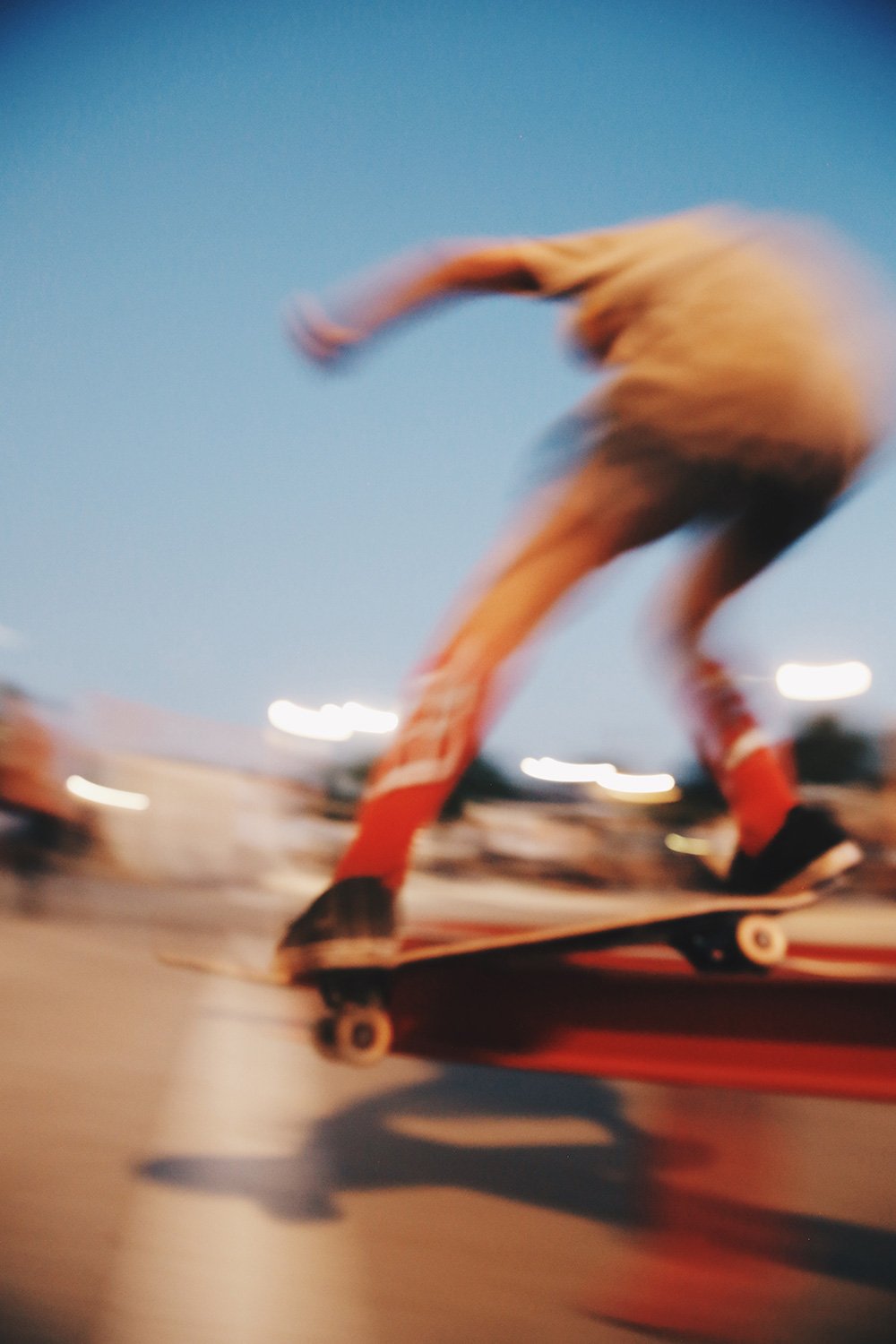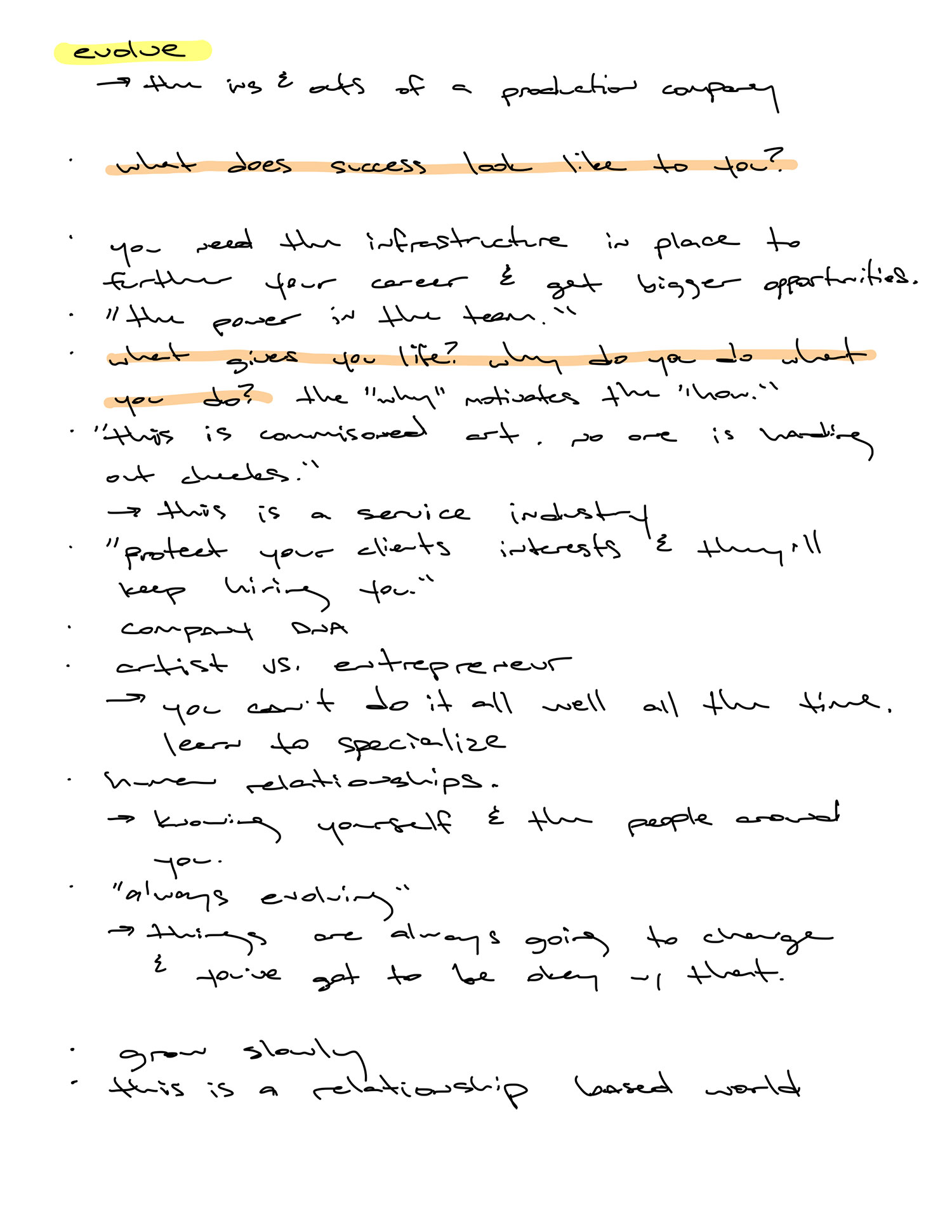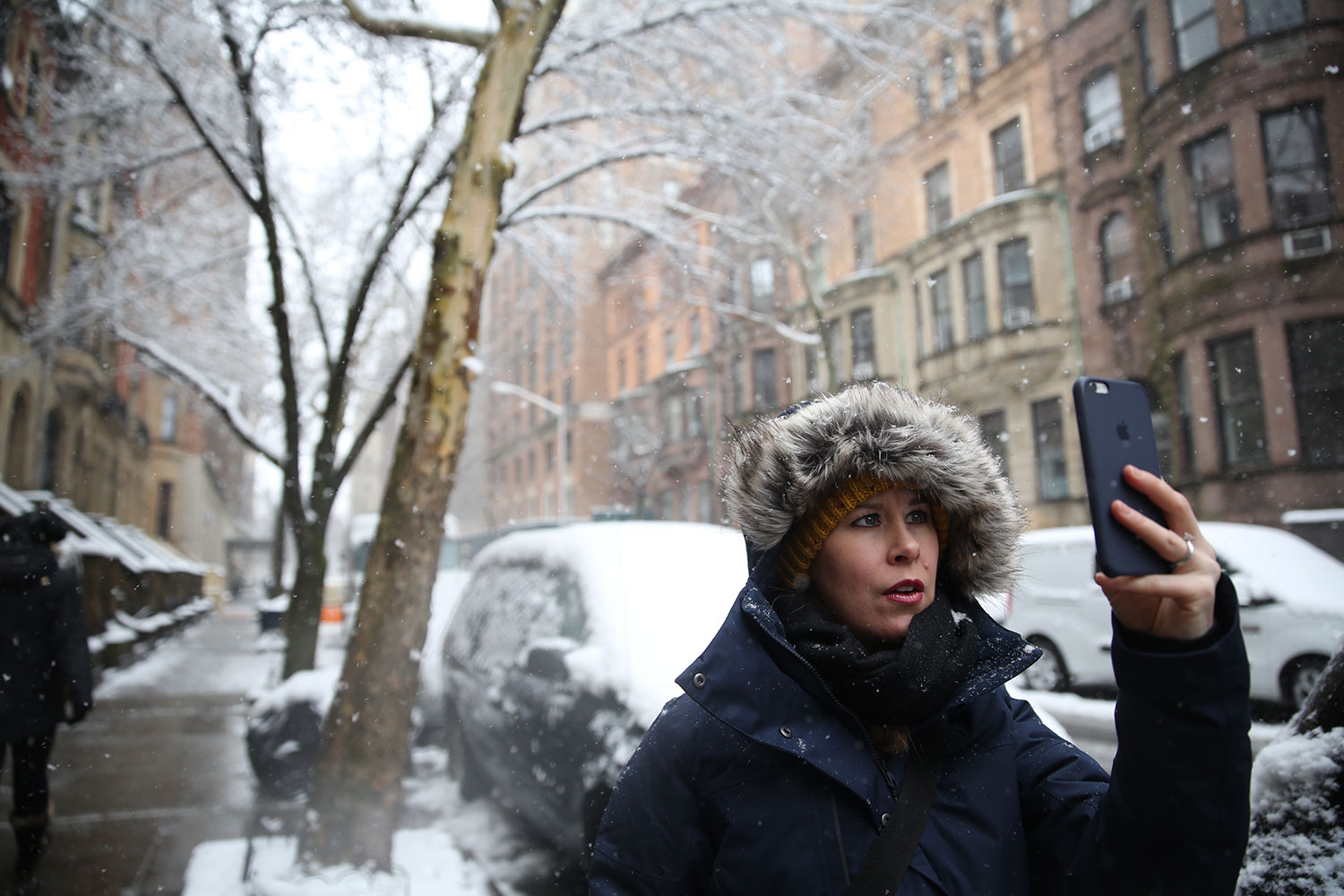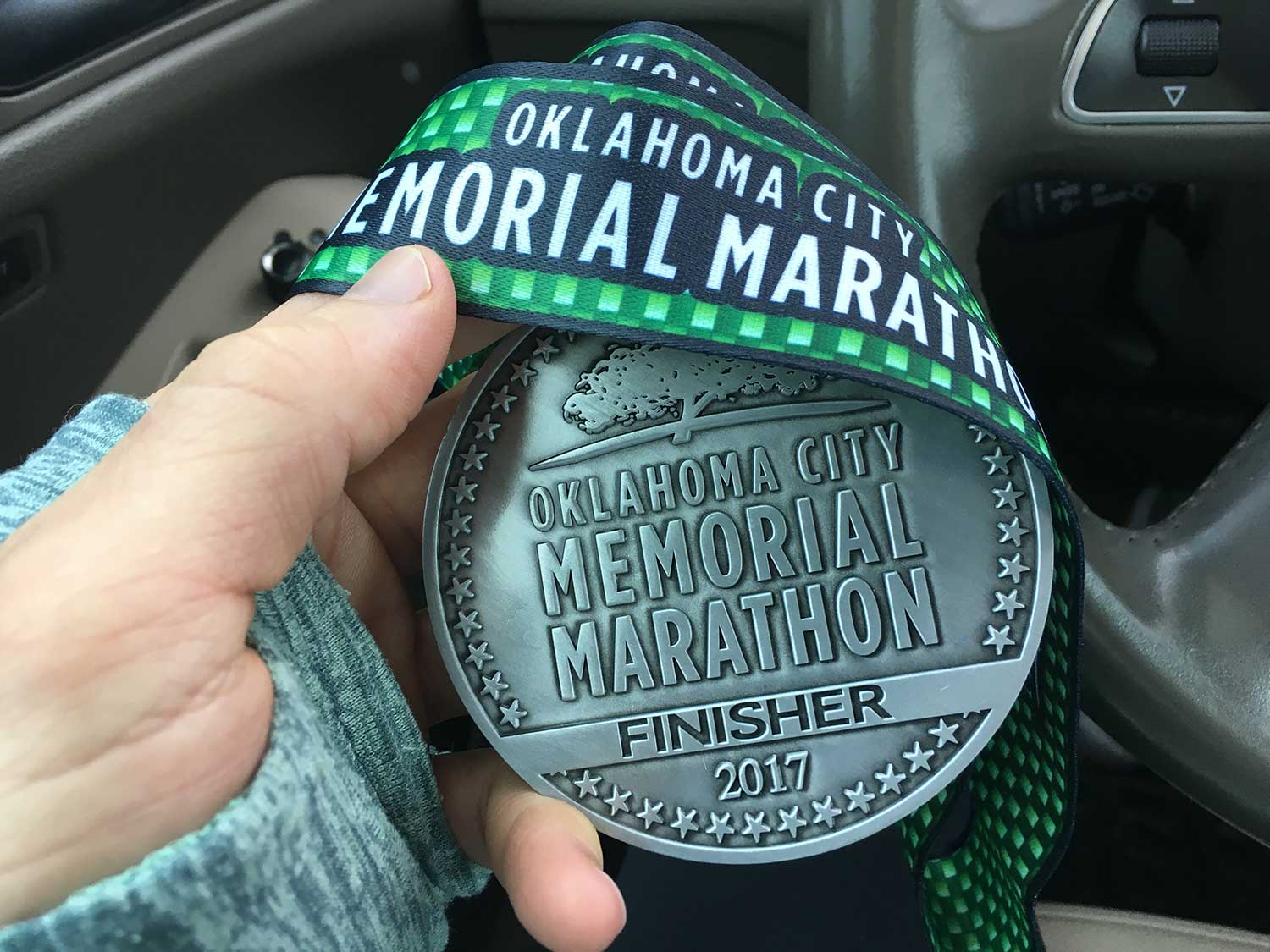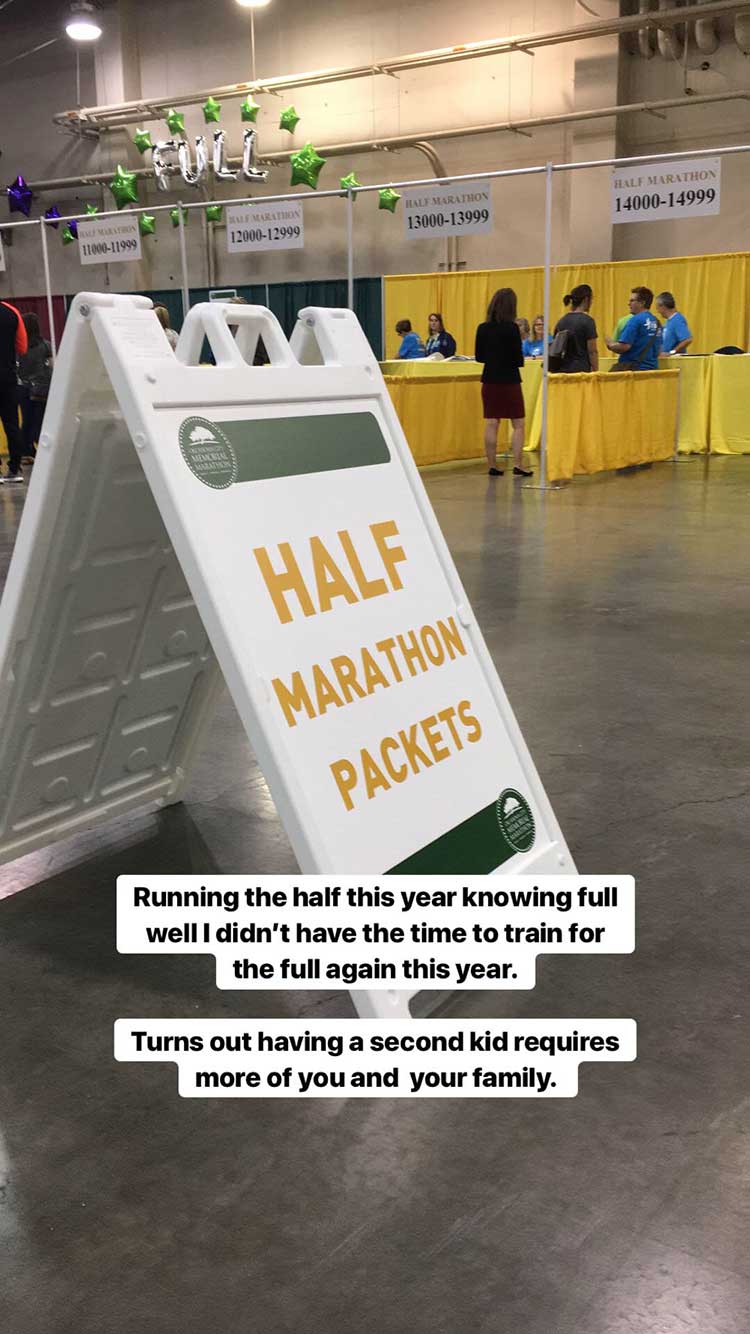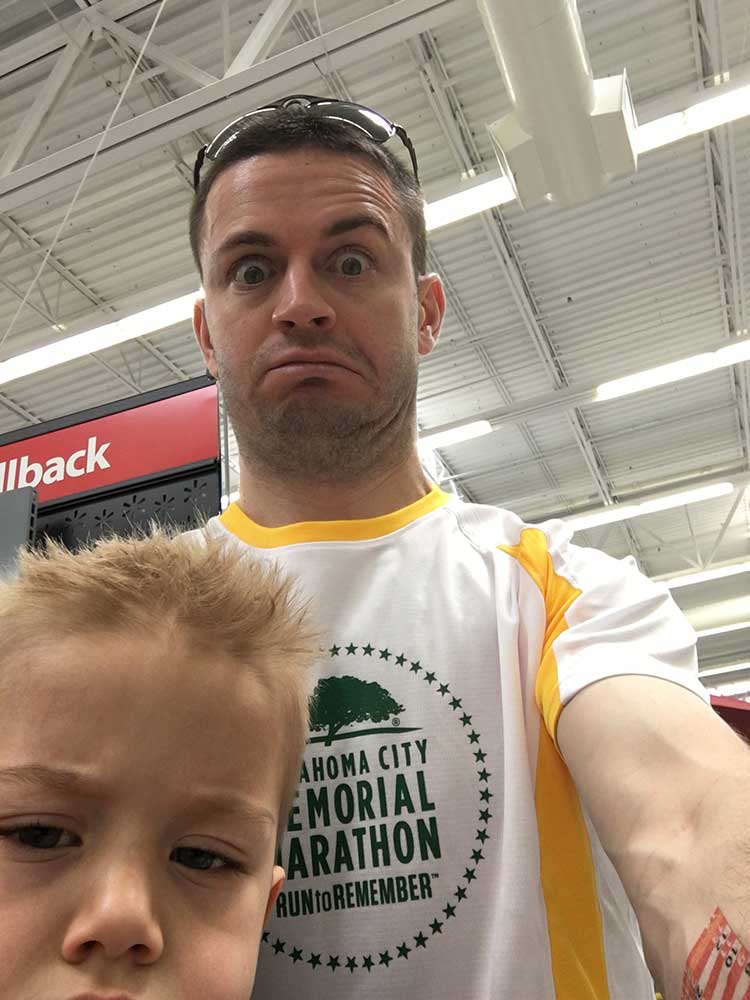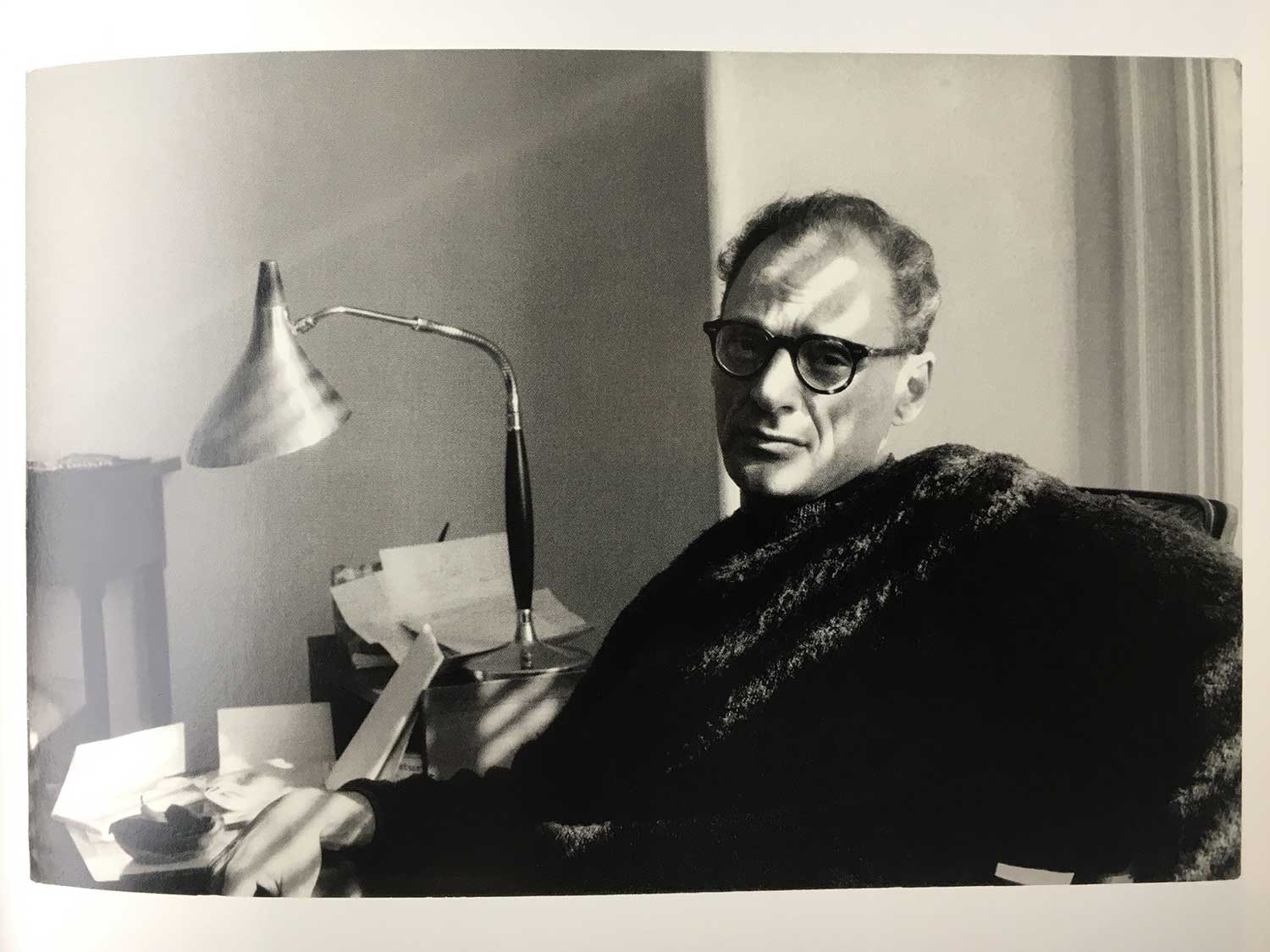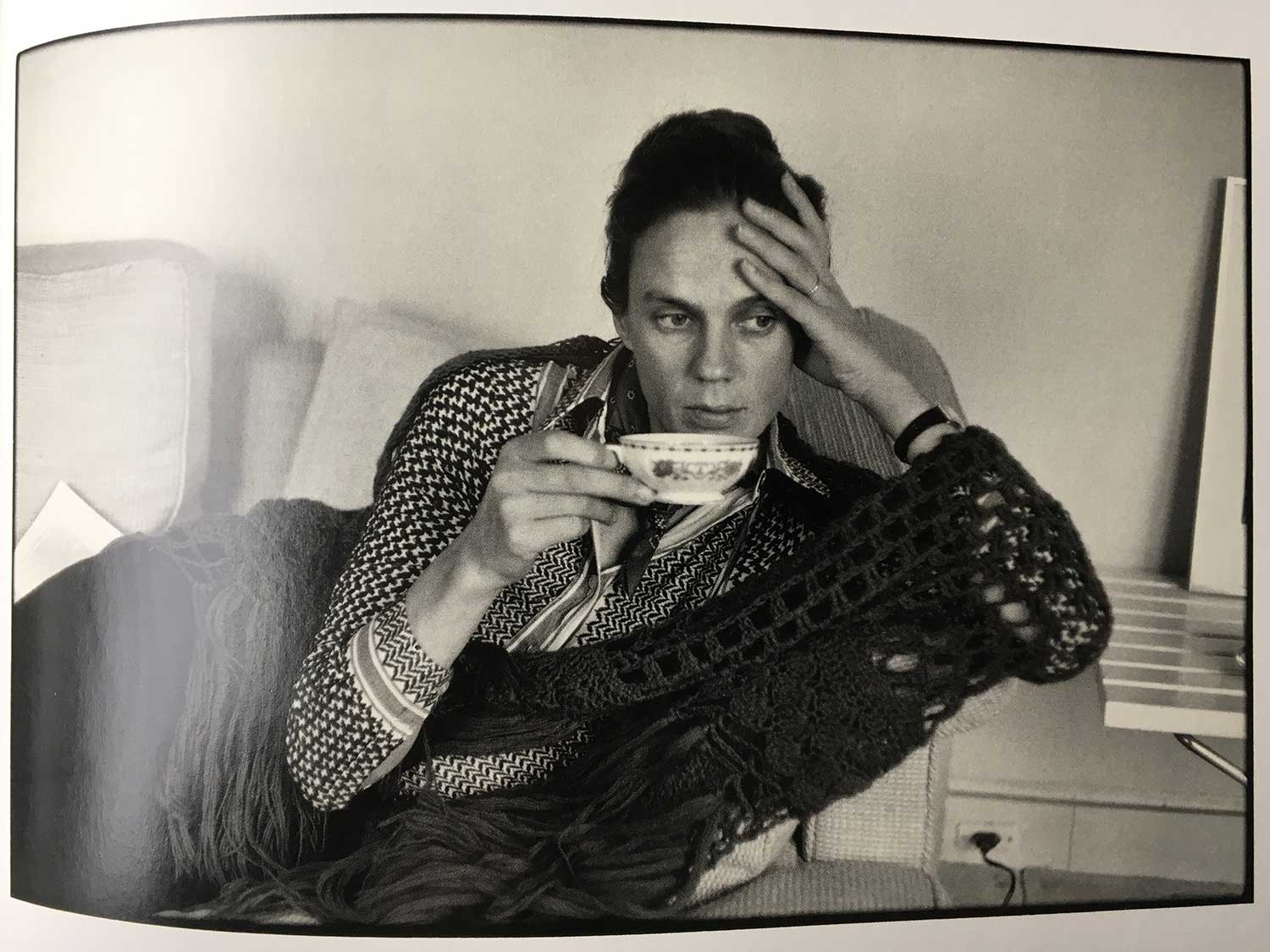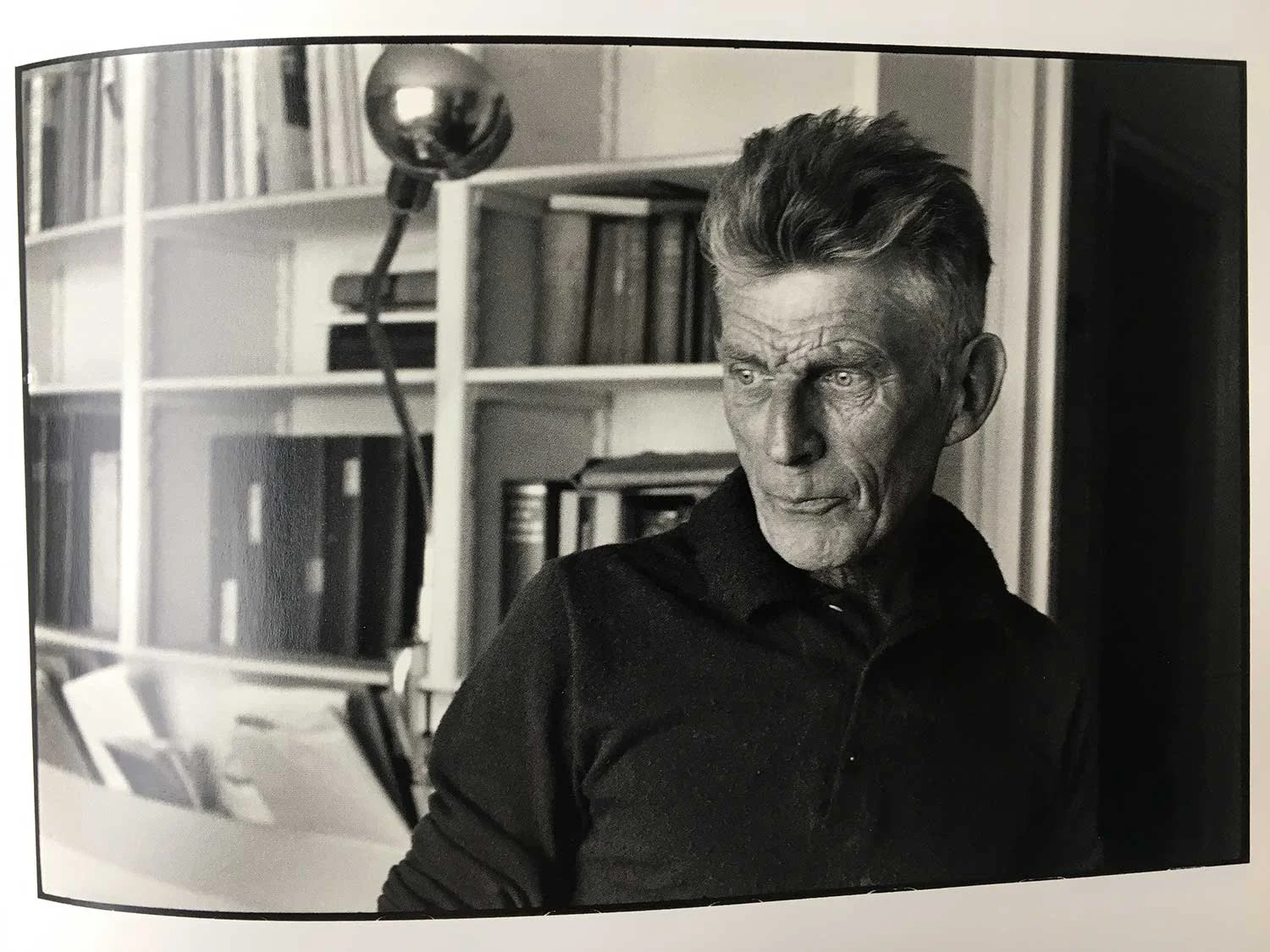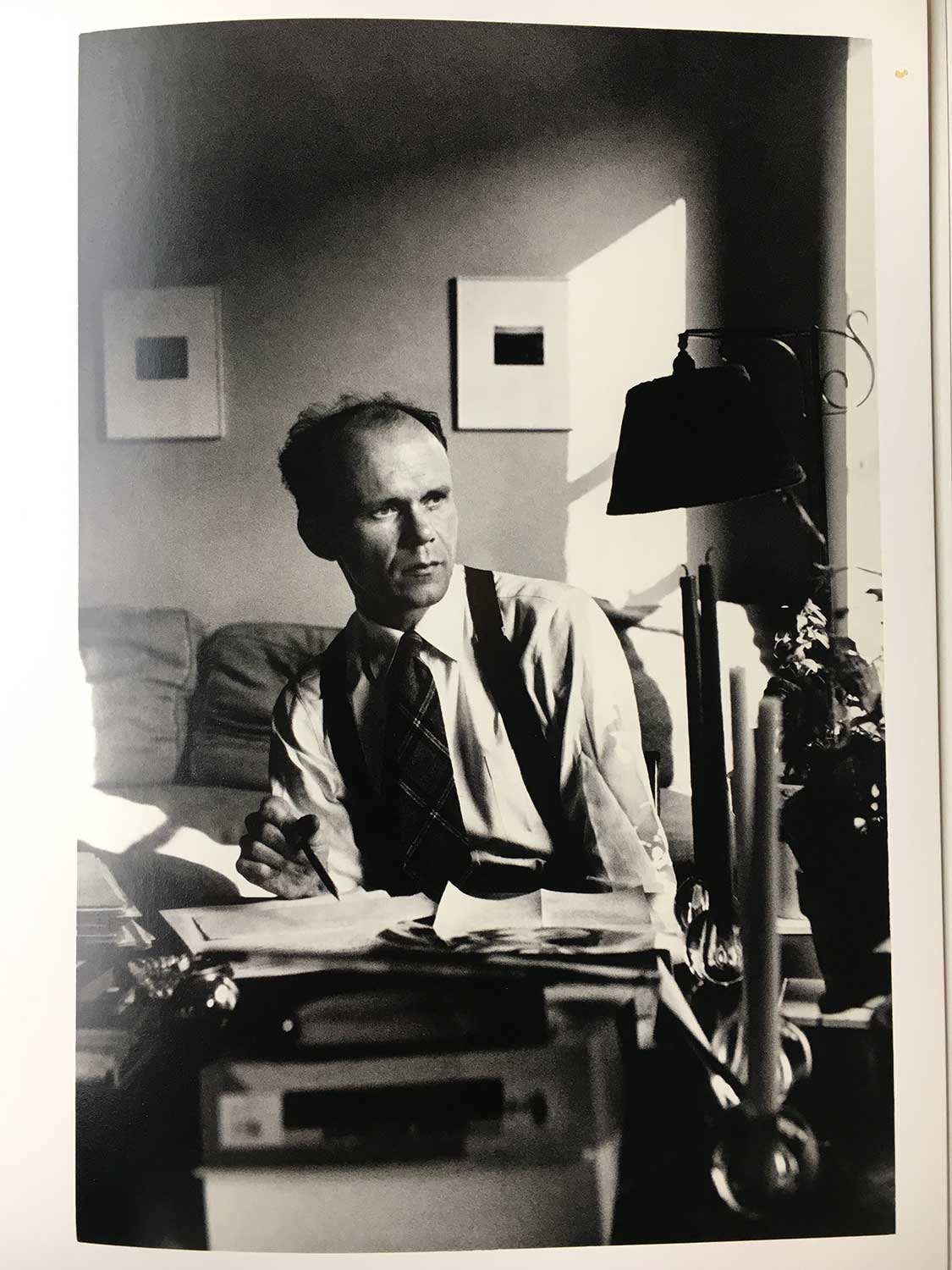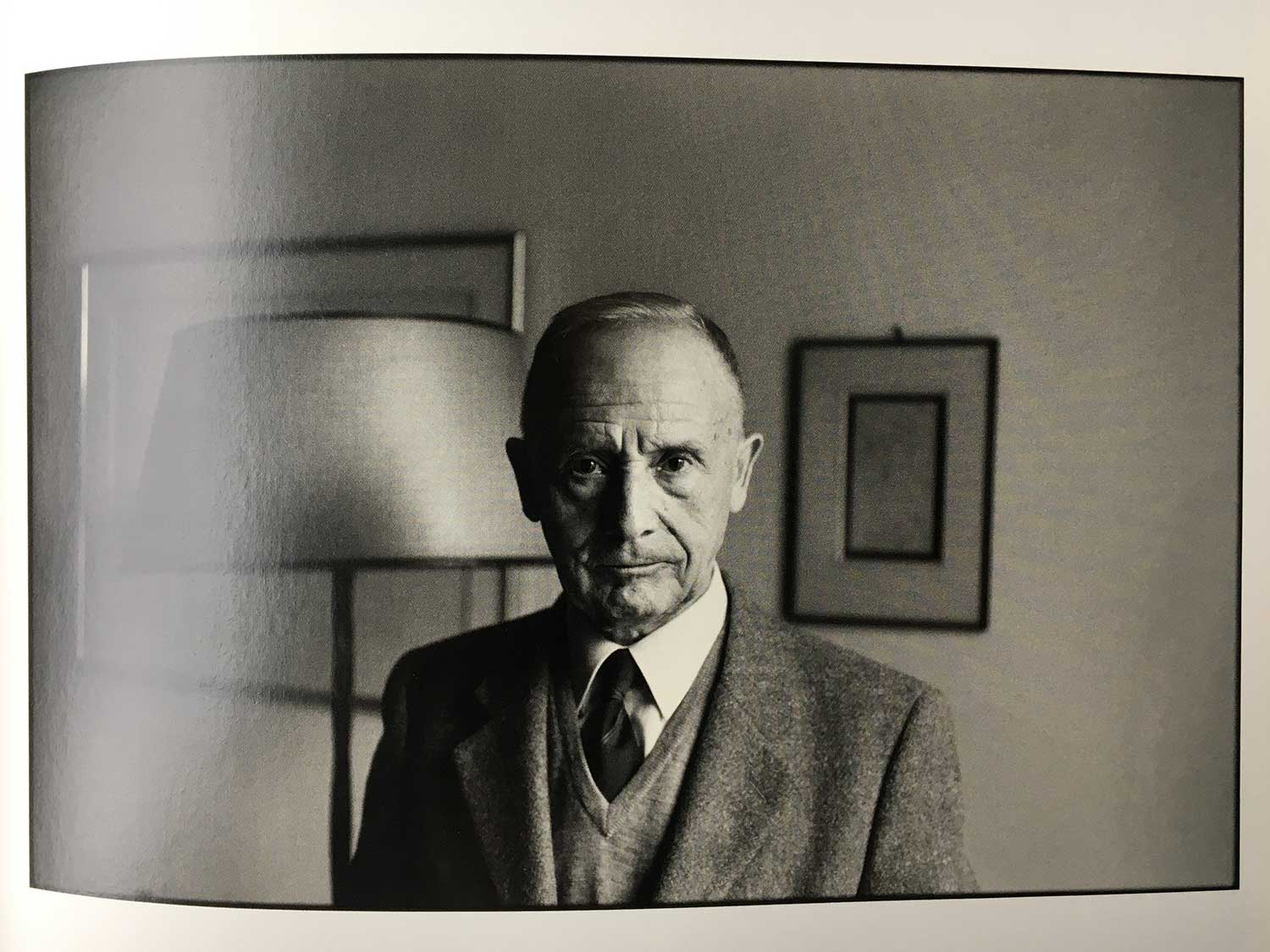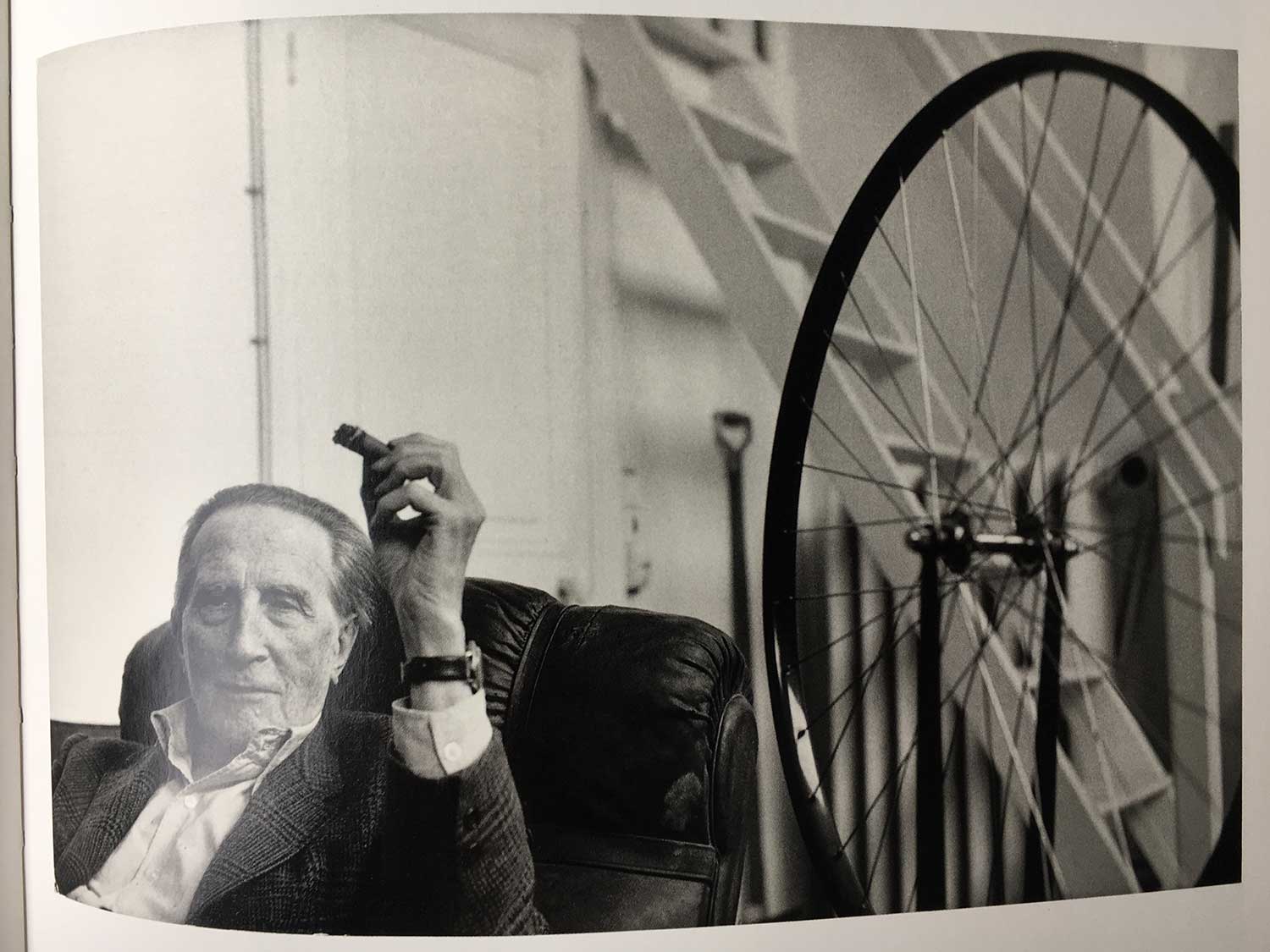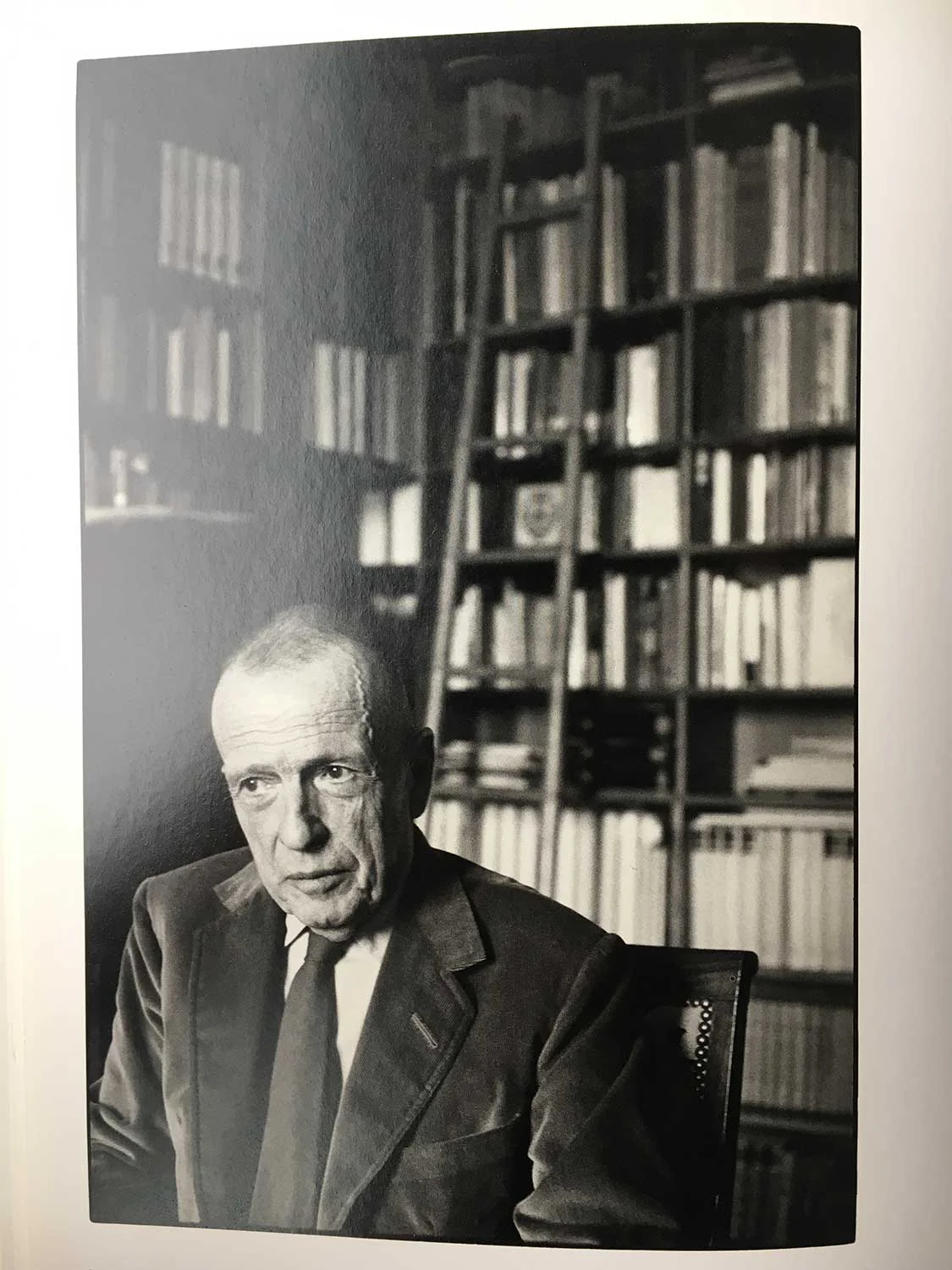The last couple of months have had me bouncing around with work, summer stuff with the family, and other responsibilities, but I haven't put as much effort into this blog as I had been. Thankfully my health is somewhat back to normal after a couple months of a hot mess of dizziness and vertigo, so obviously that's preferred.
At the end of June, I was in Indiana with Vista Productions and DP Nathan Maulorico. It's the second year I've gotten to help shoot the International Thespian Festival at the University of Indiana Bloomington. We were filming on Sony Fx9s and Nathan's DZOFilm Catta Ace lens set. I'm still surprised and impressed with those lenses, especially given the price. I also got to spend a week on the SmallHD Ultra 5 monitor and that workhorse certainly won me over. Here's the recap video from that weeklong event:
I've also been wildly busy with responsibilities outside of working behind a camera. A few opportunities have opened up with consulting work given my MBA skillset. Hopefully, I'll be able to share more about those soon.
We'd been planning to buy an electric vehicle (EV) later this year, but an opportunity came up in late May that was hard to pass up. Given the current $7,500 federal EV tax credit and a 60-month 0.99% promotional APR, we were able to buy a 2024 Tesla Model Y. In doing all the math ahead of time given the trade-in value of Anne's 2018 Audi Q5, that wild 0.99% APR, the cost of gas vs. electricity, maintenance, insurance, an EV charger & installation, etc., I realized we'd be spending just slightly more per month with this new EV over the life of the 60 month financing period compared to what we were paying with her current car.
| MONTHLY COSTS | Audi Q5 (2018) | Tesla Y (2024) |
|---|---|---|
| Maintenance | $101.661 | $25.002 |
| Fuel | $149.451 | na |
| Electricity (kWh)3 | na | $30.00 |
| Charger Cost4 | na | $38.13 |
| Loan Payment | $550.00 | $700.00 |
| Insurance | $153.22 | $163.22 |
| Total | $954.34 | $956.35 |
1Based on actual 2020-24 monthly average
2Not sure I trust this estimate, but it's based on the July 2024 data at caredge.com/tesla/model-y
3Estimate based on $0.06/kWh
A few other things worth a quick mention:
We're in deep with FX's The Bear. It's such a great show and actually gets me excited about filmmaking. There's so much basic or boring or just bad TV out there, so anything that breaks out is just so exciting. Last night we finished season two and hope to start the newly released season three soon.
Just so you know, I'll get behind just about anything Donald Glover is involved in. Super excited about the Brando Stone & The New World trailer. The Childish Gambino world tour is opening in Oklahoma City this summer and I hope St. Anne the Wife and I get to go.
The trailer for the F1 movie with Brad Pitt came out yesterday. I've got such high hopes, but not quite holding my breath just yet.
There's good reason why Inside Out 2 has been killing it at the box office this summer. We saw it in the theater with the kiddos and it had me bawling multiple times. There's plenty to go into behind the business side of things and the value of theatrical vs. streaming releases, but the film itself is exceptional.















